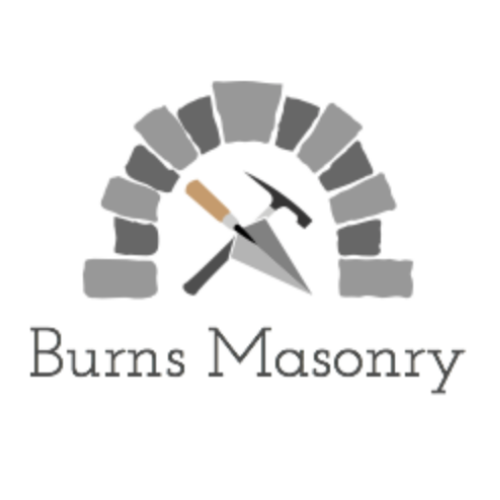Choosing the Right Masonry Material for Your Home
When it comes to constructing or renovating your home, the choice of masonry material is crucial. The right material not only enhances the appearance of your home but also ensures durability and longevity. There are various options available in the market, each with its own unique characteristics and suitability for different purposes. One such important factor to consider is tuckpointing, as it can significantly affect the overall performance and maintenance of your masonry.
Tuckpointing is a technique used to repair or replace damaged mortar joints in masonry. It involves removing the deteriorated mortar and replacing it with fresh mortar. The primary purpose of tuckpointing is to improve the structural integrity of the masonry, preventing water infiltration and enhancing its appearance. Therefore, when choosing the right masonry material for your home, it’s important to consider how well it will hold up against tuckpointing.
One highly recommended material for tuckpointing is brick. Bricks are known for their durability and resistance to weathering. They can withstand the constant freeze-thaw cycles and are less likely to crack or chip during tuckpointing. Additionally, bricks can be easily matched in terms of color and texture, allowing for seamless repairs. Whether you choose clay bricks or concrete bricks, both options provide a solid foundation for tuckpointing.
Another popular option for tuckpointing is stone. Natural stone, such as granite or limestone, adds an elegant and timeless look to your home. While natural stone needs occasional tuckpointing to ensure its longevity, it is generally a durable material that can withstand the process without significant damage. However, not all types of stone are suitable for tuckpointing, so it’s important to consult with a professional to determine the best choice for your specific needs.
Mortar itself is also crucial in tuckpointing. It acts as the binding agent between the masonry units, providing strength and stability. Opting for a high-quality mortar mix is essential to ensure successful tuckpointing. Specifically, a type N or S mortar, which has a higher compressive strength, is often recommended for tuckpointing purposes. These mortar types have better adhesive properties, aiding in the durability of the masonry structure.
In conclusion, when choosing the right masonry material for your home, it is vital to consider its suitability for tuckpointing. Brick and stone are two popular options that possess the durability and resilience required to withstand the tuckpointing process. Additionally, selecting a high-quality mortar mix, such as type N or S, further enhances the overall performance and longevity of the masonry. By taking these factors into consideration, you can ensure that your home’s masonry remains structurally sound and visually appealing for years to come.
Publisher Details:
Burns Masonry Inc
https://www.burnsmasonry.com/
Tuckpointing & Repointing – Chimney Repair – Foundation Repair – Recent Work
